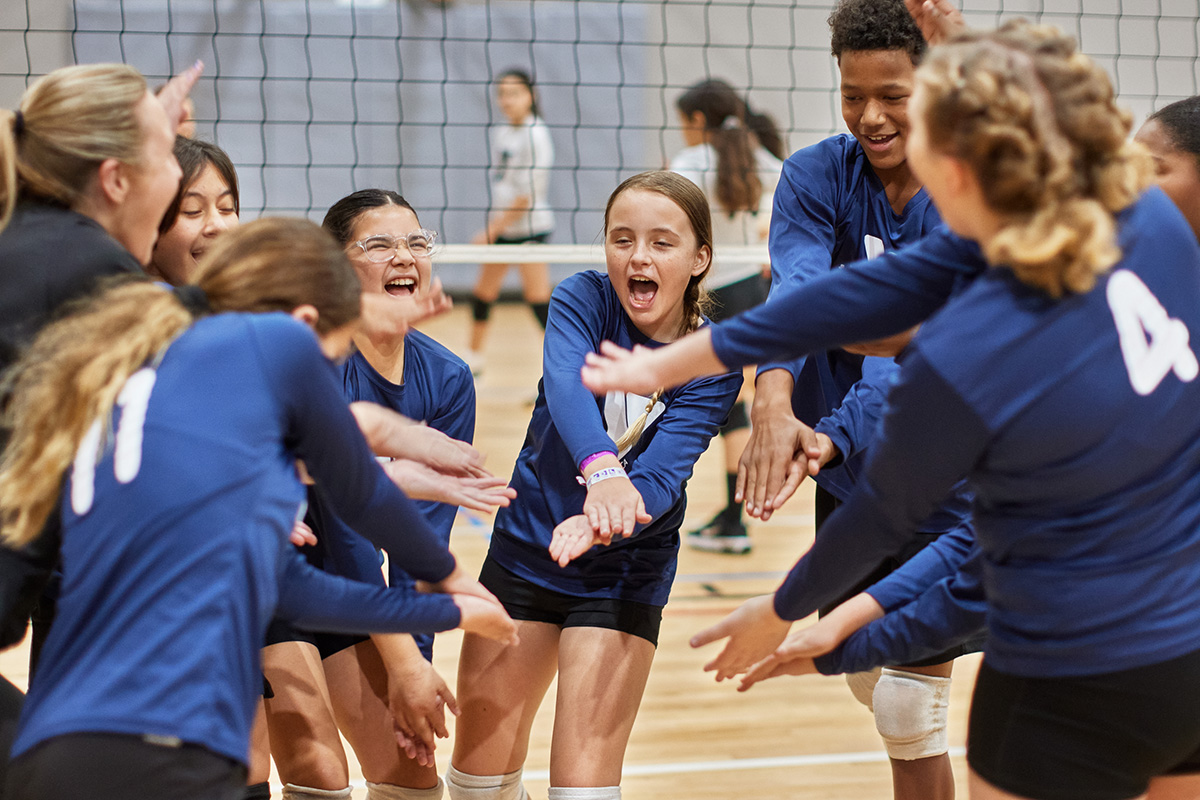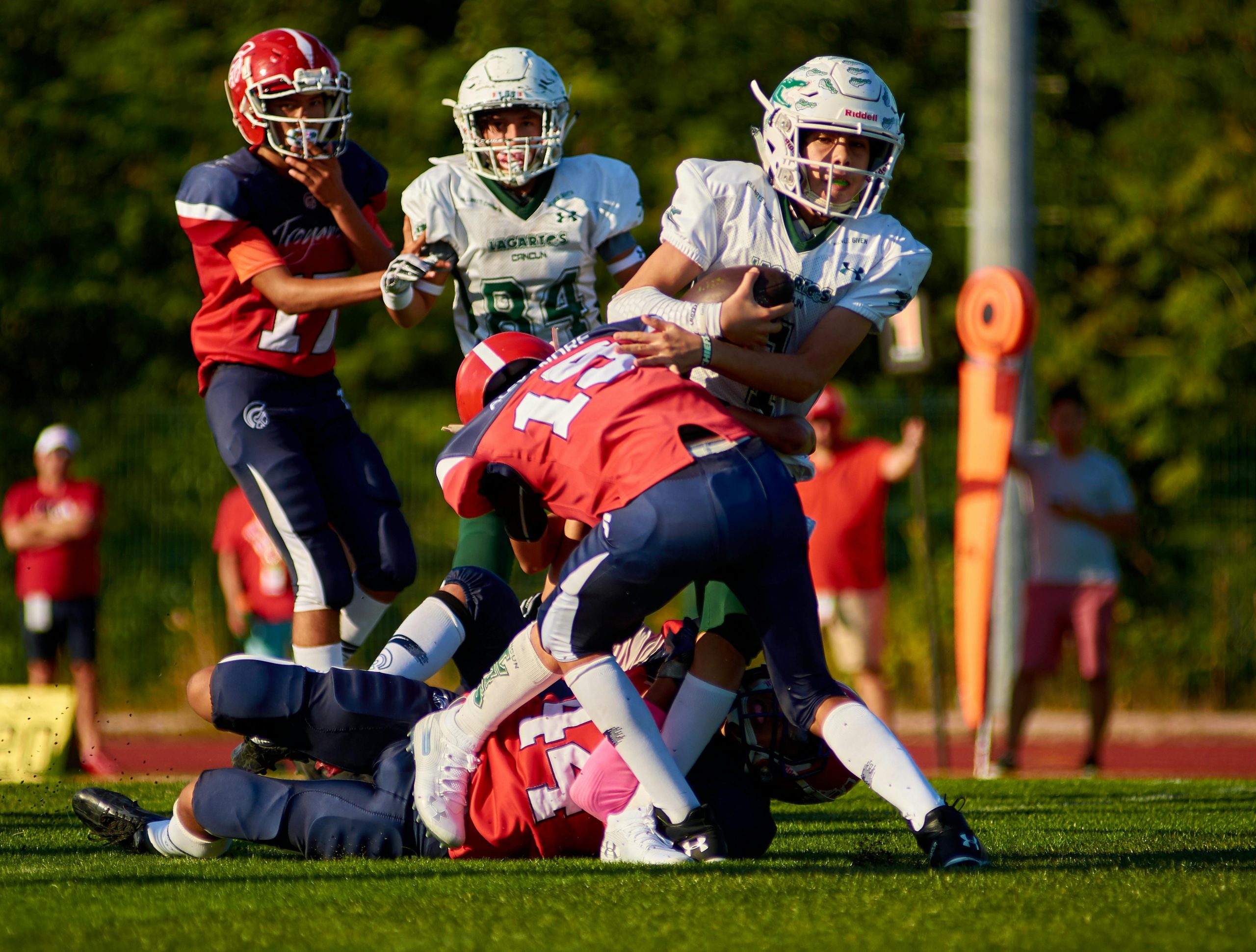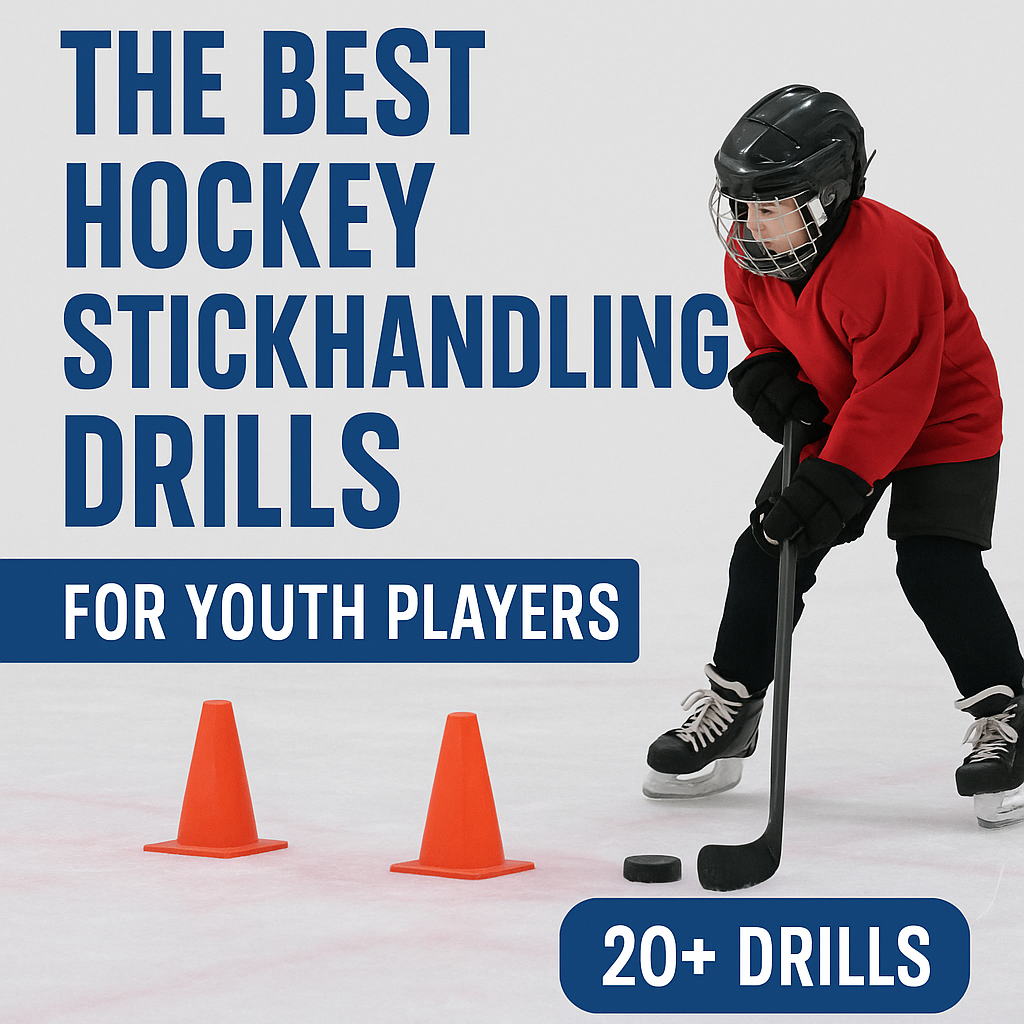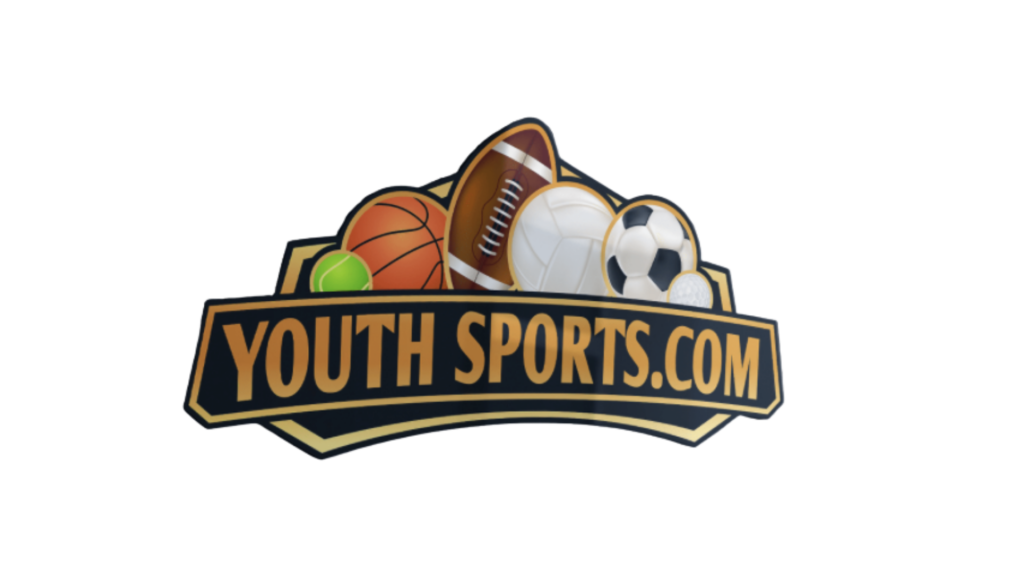Beginner Volleyball Drills Every Youth Coach Should Know

Beginner Volleyball Drills Every Youth Coach Should Know
If you’re new to volleyball — whether you’re stepping onto the court for the first time or working with a group of young players — the key to success is building strong fundamentals. The game moves fast, but with the right drills, anyone can improve their skills and feel confident contributing to a team.
This guide is all about the basics. These are the same drills and coaching cues used by veteran coaches like Coach Brian Gimmilaro, Coach Santiago Restrepo, and others in their foundational training sessions. Each section walks through the essential beginner techniques for serving, passing, hitting, setting, and even practicing at home with limited space.
Serving Drills for Beginners
Serving is one of the most important skills in volleyball. A good serve puts pressure on the opponent before the rally even starts. Coach Brian Gimmilaro teaches a consistent serving sequence: Toss, Step, Hit.
Drill: Float Serve Basics
- Start with the elbow above the shoulder.
- Toss the ball high and slightly in front of your hitting shoulder.
- Step with the opposite foot (left foot for right-handed players).
- Hit the ball with the heel of the hand, not the palm or fingers.
- Finish with your palm facing the target to ensure clean contact.
Once players master this technique, Coach Gimmilaro recommends practicing from different spots on the baseline to simulate zone serving, including deep serves to position 1 or short serves that drop just past the net.
Check out more serving tips, tricks, and drills from Coach Gillimaro in his ‘Championship Serving’ Course on CoachTube.com.
Passing Drills for Beginners
Passing wins games. If your team can pass, your team can play. And yet, most beginner players are taught to lift with their legs, jump into the ball, and swing their arms. Good passing requires a different approach.
Key Passing Concepts
- Always backspin the ball. This gives you control and precision.
- Do not jump or lift up with your legs. That’s the most common mistake.
- Bend at the waist — not the knees — to absorb and control power.
- Keep shoulders locked on target, arms visible in your peripheral vision, and elbows locked.
Drill: Bend and Pass
This is a foundational overcorrection drill that teaches athletic posture and passing mechanics.
- Stand with one foot forward (left foot if you’re on the left side of the court).
- Keep your shoulders aimed at your target.
- Raise your arms into your vision — they should be visible without looking down.
- As you pass, bend at the waist and touch the ground with your arms extended. Do not drop your arms — just bend into the ball.
After several reps, you’ll stop actually touching the ground, but that subtle waist bend will remain. That small adjustment in passing technique will create backspin (and stabilize the pass), keep you in an athletic stance ready to move, and give you more control over pass power and accuracy.
Drill: Partner Shuffle Pass
- Pair up 6–10 feet apart.
- Pass the ball back and forth while shuffling side to side after each pass.
- This encourages movement and balance during play.
This isn’t just about passing. It’s about teaching your body to move like a volleyball player. Start with overcorrection, and end up with an instinctive posture that works under pressure.
Hitting Drills for Beginners
Every beginner wants to learn how to hit. It’s one of the most exciting parts of volleyball. Coach Gillimaro breaks down hitting into three main progressions: Snap, Arm Swing Mechanics, and Approach Timing.
Drill 1: Snap Without Follow-Through
- Toss the ball high.
- Keep your elbow above your shoulder.
- Swing your arms, only snapping the wrist to make contact, not a full follow-through. This generates topspin.
- Great for teaching young players how to create ball rotation.
Drill 2: Snap + Elbow + Shoulder Rotation
- Add shoulder rotation to the motion.
- Finish with a full follow-through across the body to build power.
- Emphasize hips and upper body working together.
Drill 3: Approach Timing (Right-Left for Right-Handed Players)
- Start in an athletic stance with left foot forward.
- Toss the ball, then step right-left and jump.
- Focus on explosive last two steps and contact point above the head.
Setting Drills for Beginners
The setter is the quarterback of the team. Coach Mike Lingenfelter teaches young setters to control tempo through consistency, posture, and hand discipline.
Key Technique: Hand Shape and Contact
- Hands should be comfortably spread, with pads of the fingers (not palms) contacting the ball.
- Elbows stay wide, wrists flexible.
- The ball enters just above the forehead and is released with a clean follow-through.
Drill: Catch and Set to Target
- Catch the ball with your setting hands in position above your head.
- Step forward, dip your arms, and finish the setting motion.
- Focus on finishing with arms extended and wrists snapped back.
Footwork is just as important: beginners should always move to get the ball directly above their head before setting. This allows for better control over your sets power and placement.
At-Home Volleyball Drills
No gym? No net? No problem. You can still train core skills at home with minimal space and equipment.
Wall Passing
- Stand 5–10 feet away and pass repeatedly into a target spot on the wall.
- Aim for control and consistency.
Wall Setting
- Lightly set the ball against a wall.
- Focus on proper hand shape and release.
Self-Toss and Pass
- Toss the ball up, pass to yourself, reset.
- Helps with control and footwork in motion.
Approach Mechanics
- Practice your last two steps of hitting approach (e.g., right-left jump).
- Do this in your driveway or basement to build muscle memory.
Final Thoughts
Volleyball rewards consistency. These drills aren’t flashy, but they work. If you’re new to the game, stick to the fundamentals: clean contact, good posture, and lots of reps.
Everything here comes from the same progressions that top coaches use in youth clinics and high-performance camps. Master the basics, and you’ll be ready for more advanced concepts in no time.




